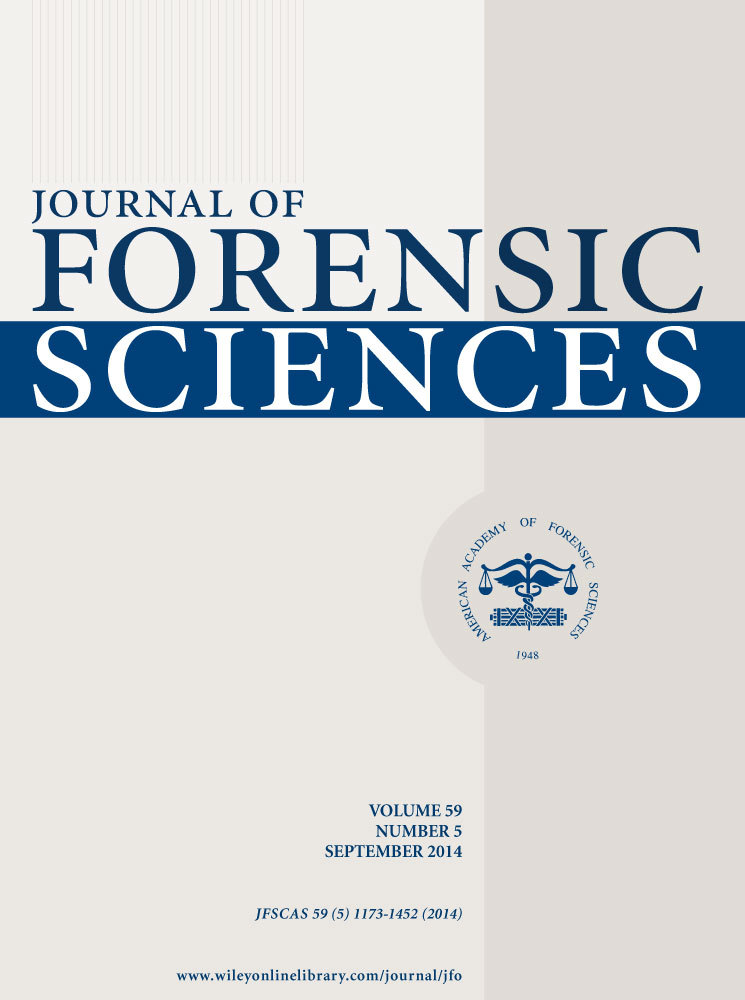Collecting and Analyzing DNA Evidence from Fingernails: A Comparative Study†,‡,§
Abstract
Forensic practitioners and crime laboratories regularly collect and analyze fingernail evidence; however, the best techniques for processing such evidence have not been established. In this study, numerous aspects of fingernail evidence processing—collection of exogenous cells, transportation, purification of DNA, and STR analysis—were analyzed using fingernails harboring applied blood or epithelial cells from scratchings. Autosomal STR mixtures resulted when fingernails were soaked or swabbed, while scrapings rarely generated mixtures but exhibited allelic dropout. Y-STRs yielded single source profiles, with scrapings again showing dropout. A silica-based kit extraction recovered significantly more exogenous DNA than did organic extraction, neither of which was affected by nail polish. Swabbing nails in succession resulted in some cross-contamination from exogenous material, while transporting nails together did not, although there was loss of exogenous cells. Optimized nail processing produced complete Y-STR profiles of male volunteers from female fingernails following scratchings.




